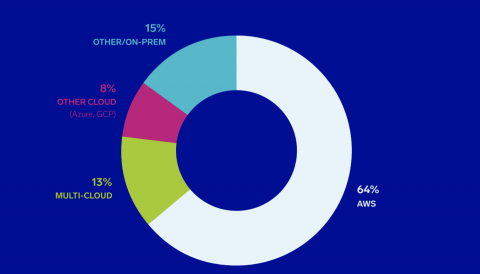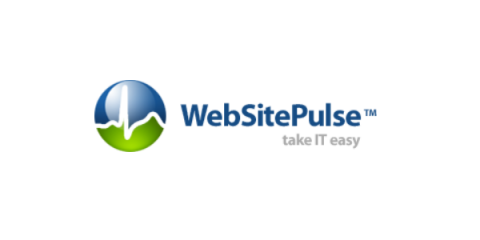Operations | Monitoring | ITSM | DevOps | Cloud
Security
The latest News and Information on CyberSecurity for Applications, Services and Infrastructure, and related technologies.
6 Observations from the 2019 CI Report: State of Modern Applications and DevSecOps In The Cloud
Will a technology not heard of four years ago completely change the Cloud Wars landscape? Are we going to see enterprises finally make a shift to multi-cloud? Is AWS Lambda ready for primetime?
What's New in Tigera Calico: An Update on Recent Features & Enhancements
Audit Log: Feature Guide for Security and Compliance
In computing, an audit log is a record of an event. An event is any significant action that impacts the hardware or software of a computer – anything from a mouse click to a program error. Besides documenting which resources were accessed and what for, an audit file system will also include the source and destination addresses, the timestamp, and the user ID information.
How to Get Started With Your Website Content Security
The rate of cyberattacks is alarming. The number keeps increasing every year. According to the FBI’s 2019 Internet Crime Report, in 2018, cybercrime leads to a $2.7 billion loss. This means that you have to up your game when it comes to protecting your website content. You can prevent cyber attacks by controlling any form of data that comes from users.
Combating threats with UEBA: Health is wealth
In this four-part series, Combating threats with UEBA, we explore hypothetical cyberattacks inspired by real-life events in four different industries: healthcare, finance, manufacturing, and education. We’ll take a look at unforeseen security attack scenarios, and discover how user and entity behavior analytics (UEBA) can be leveraged to safeguard organizations.
What is PCI DSS compliance?
Does your business accept credit card payments? If that’s the case, you should read this article to find out what the challenges to the Payment Card Industry Data Security Standard (PCI DSS) are, and the current best practices to ensure that you are in compliance with this legal requirement.
Prevent DNS (and other) spoofing with Calico
AquaSec’s Daniel Sagi recently authored a blog post about DNS spoofing in Kubernetes. TLDR is that if you use default networking in Kubernetes you might be vulnerable to ARP spoofing which can allow pods to spoof (impersonate) the IP addresses of other pods. Since so much traffic is dialed via domain names rather than IPs, spoofing DNS can allow you to redirect lots of traffic inside the cluster for nefarious purposes.
Monitor system access and unusual activity with Okta logs and Datadog
Okta is a cloud-based identity management service that provides authentication and authorization tools for your organizations’ employees and users. You can use Okta to incorporate single sign-on, multi-factor authentication, and user management services right into your applications.











